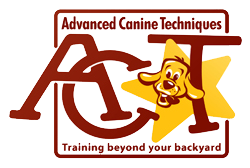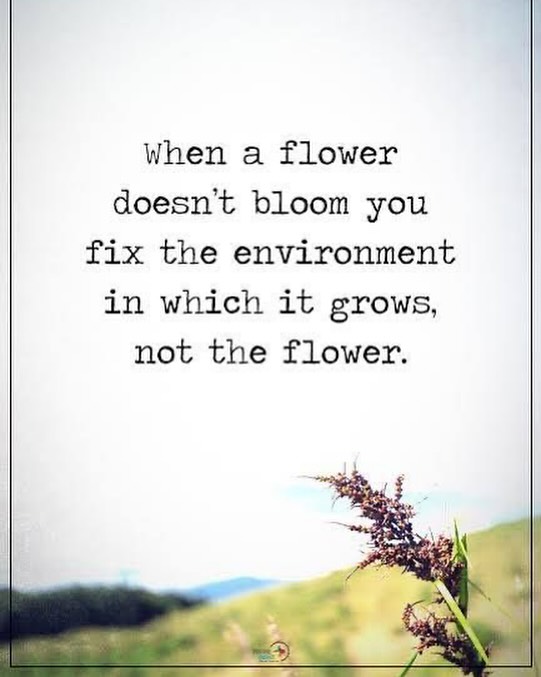Many owners struggle to maintain their dog’s attention through distractions. That is where numerous repetitions and lots of foundation training help to create faith in handling for your dog.
I often encourage owners to practice in different rooms of the house, different times of day and utilize your home distractions to help proof commands for your dog.
Keep lessons short but do multiple sessions each day. 2-3 lessons for 2-3 minutes each day will help build strong relationships with your dog.
If your home environment is chaotic and your dog is exhibiting behavioral issues, it’s essential to understand that they are simply a reflection of their surroundings.
Dogs thrive on structure, stability, and clear communication.
When these elements are missing, their behavior often mirrors the stress or inconsistency they experience.
Think of it like a flower that isn’t thriving. You don’t throw the flower away; instead, you examine the soil, the light, the water, and other environmental factors. You make adjustments to create the conditions it needs to grow.
Similarly, when a dog isn’t thriving, the solution isn’t to blame or discard them.
Instead, focus on making the necessary changes to their environment—whether that means creating a calmer household, establishing routines, or providing the training and support they need.
A thriving dog begins with a thriving environment.
This shift requires consistent effort from both the dog and the owner, transforming their environment into one that helps the dog thrive rather than reinforcing undesirable behaviors. Without consistent follow-through and a commitment to maintaining the structure, it becomes much harder for them to embrace and sustain progress.
If, after just one or two weeks of group classes, you’re ready to throw in the towel and switch to private lessons because progress isn’t happening fast enough, it’s time to reevaluate your mindset and approach to training.
True success doesn’t come from rushing the process or skipping foundational work—it comes from consistency, patience, and effort.
Remember, you can’t expect your dog to change unwanted behaviors you’ve allowed or unintentionally reinforced if you’re unwilling to change your own habits first.
Training is a partnership, and your growth directly impacts your dog’s ability to succeed.
My ultimate goal is to improve both your life and your dog’s life. But that can only happen if you commit to doing the work and embracing the process fully.
Work with me, trust the process, and commit to applying the guidance I provide.
Success starts with improving your end of the leash—your mindset, actions, and consistency.
When you focus on becoming the leader and advocate your dog needs, they’ll be able to transform into the companion you’ve always wanted.
Dog training isn’t about shaping your dog into the perfect companion who’s loyal to you and follows you everywhere you go.
It’s about transforming yourself into the kind of leader your dog naturally wants to follow—someone they trust, respect, and feel safe with.
True training starts with you. (Concepts borrowed from VanBuren K9 Academy)

